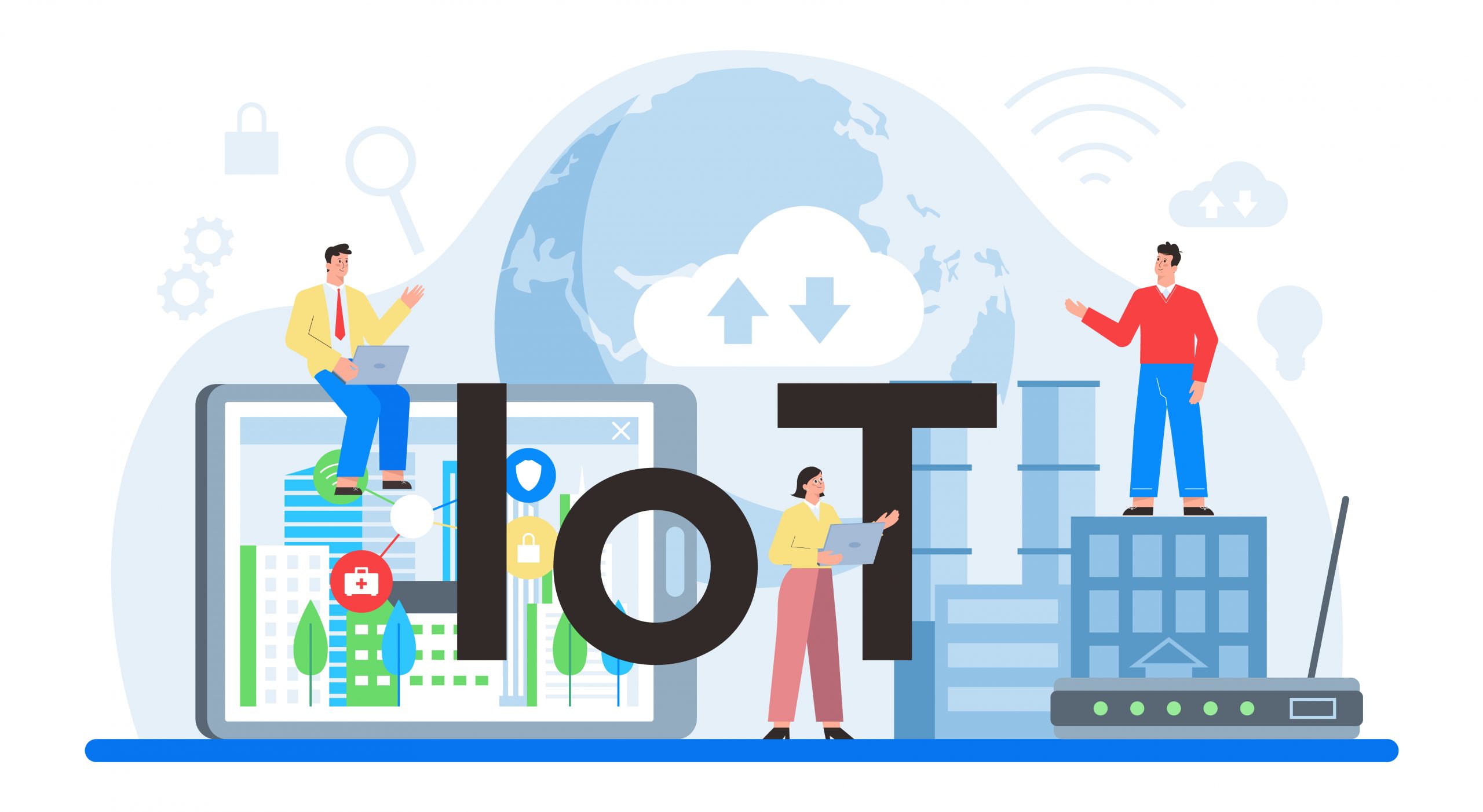Now Reading: Neural Network Computing and Its Impact on the Future of IoT
-
01
Neural Network Computing and Its Impact on the Future of IoT
Neural Network Computing and Its Impact on the Future of IoT

How Neural Networks Are Powering Smarter IoT Devices: A Dive into Next-Gen Connectivity and Intelligence
Imagine a world where your smart devices not only do their basic jobs but actually understand what you need and can adapt on the fly — like a thermostat that learns your preferred temperature, security cameras that recognize familiar faces, or washing machines that optimize their cycle based on the load. That’s the kind of future neural networks are helping to bring into the Internet of Things (IoT) landscape.
Neural networks are a type of artificial intelligence inspired by the human brain—they can process huge amounts of data, spot patterns, and make decisions without explicit programming. When integrated into IoT devices, neural networks make them smarter, more responsive, and capable of predictive actions rather than just reactive responses.
Take, for example, a smart home security system equipped with neural network-powered cameras. These cameras don’t just record footage; they analyze real-time images to detect intruders versus familiar faces, alerting homeowners immediately — all done locally or through cloud integration. Or consider industrial IoT sensors on machinery. Instead of just monitoring for temperature or vibration, neural networks enable these sensors to predict mechanical failures before they happen, saving millions in downtime and repairs.
So how exactly are neural networks woven into IoT systems? Typically, they’re embedded directly into devices (edge computing) or run on cloud-based servers that process data collected from connected devices. This setup allows for rapid data analysis and decision-making, which is critical in applications like autonomous vehicles or healthcare devices where milliseconds matter.
The improvements brought about by neural network integration are significant:
- Enhanced Pattern Recognition: Devices can identify complex patterns, like speech or visual data, improving interactions.
- Predictive Analytics: IoT devices can forecast issues before they occur, enabling preventive maintenance.
- Personalization: User experiences get tailored — your smart lighting adjusts based on your habits, and health trackers personalize recommendations over time.
- Automation & Autonomy: Devices can operate independently through learned behavior, reducing the need for human intervention.
And all of this is happening with real-world examples already making waves: smart cameras in retail stores detecting shoplifting, autonomous delivery robots navigating complex environments, and wearable health tech aiding in real-time medical diagnostics.
The bottom line? Neural networks are transforming ordinary IoT devices into powerful, intelligent systems capable of learning and adapting, thus creating a more connected, efficient, and intuitive world.
The Future of IoT Powered by Neural Networks: Opportunities, Challenges, and What to Expect Next
Looking ahead, the marriage of neural network computing and IoT holds immense promise but isn’t without challenges. The potential is huge — from smarter cities managing energy and traffic more efficiently to autonomous vehicles making split-second decisions, and health devices offering continuous, personalized diagnostics.
Imagine a future where entire city infrastructures are interconnected and intelligent: traffic flows managed dynamically to reduce congestion, waste minimized through smart scheduling, and emergency response systems activated automatically when needed. Similarly, in transportation, self-driving cars powered by neural networks will interpret their surroundings with high precision, making our roads safer and more efficient.
In healthcare, wearable devices could monitor vital signs constantly, flagging concerns immediately, while industrial IoT sensors predict equipment failures before they happen, minimizing downtime and hazards.
However, turning this vision into reality isn’t straightforward. The main hurdles include:
- Data Privacy & Security: With more devices collecting sensitive data, ensuring privacy and protecting against cyber threats is critical.
- Energy Consumption: Neural networks, especially large ones, demand significant computational power, which conflicts with energy efficiency needs for many IoT devices.
- Computational Limitations: Running complex AI models on devices with limited hardware can be challenging, necessitating innovations in lightweight neural network architectures.
- Ethical and Regulatory Concerns: As AI becomes more autonomous and pervasive, questions around control, accountability, and ethical use become increasingly important.
Despite these hurdles, the industry is rapidly evolving. Researchers are working on zero-shot learning, federated learning, and model compression techniques to make neural networks more practical for widespread IoT applications. Governments and organizations are also crafting regulations to ensure ethical deployment.
What’s next? Expect smarter cities that respond dynamically to environmental data, healthcare devices that proactively monitor and suggest interventions, and industrial setups that self-optimise in real time. Consumers and developers should stay alert to emerging standards around data privacy, invest in energy-efficient hardware, and embrace continual learning to keep pace with the technological advancements.
In essence, neural network-powered IoT is set to make our world more proactive, adaptable, and efficient. While challenges remain, the combined power of AI and IoT promises a future where technology seamlessly blends into our lives, helping us live smarter, safer, and more connected than ever.
Would you like me to expand on specific industries or delve into technical aspects?
























